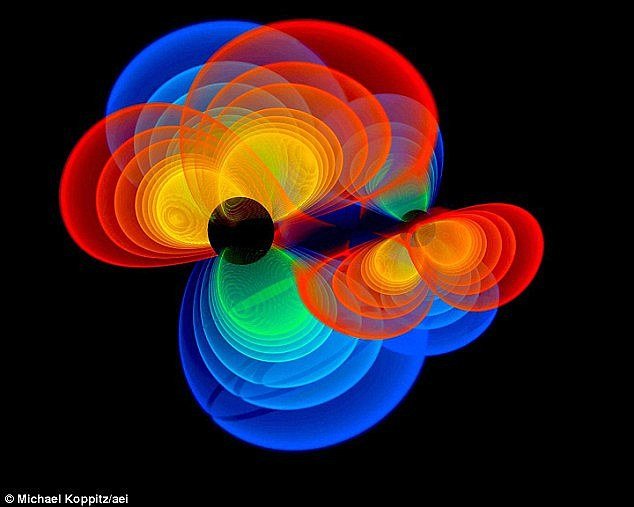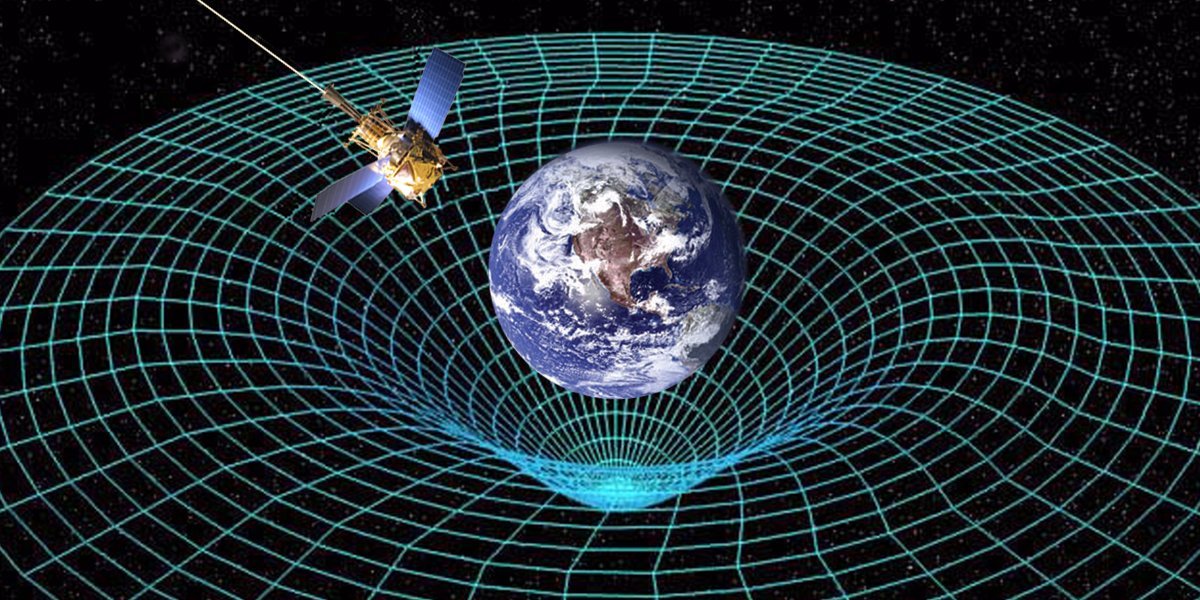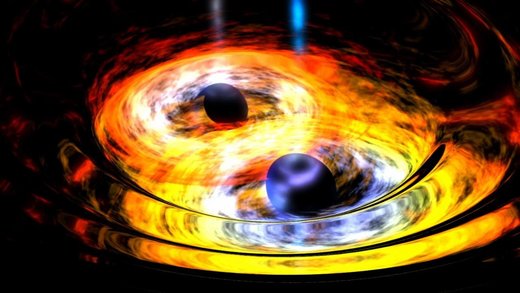
These ripples in the fabric of space-time are one of the most important variables in Einstein's theory of relativity and it took astronomers decades to detect them, although they were pretty sure that gravitational waves existed.
The discovery has been made with the use of the Laser Interferometer Gravitational-wave Observatory (LIGO) - a system of two detectors constructed to spot tiny vibrations from passing gravitational waves. Funded by the National Science Foundation, LIGO's identical detectors are located in Livingston, Louisiana, and Hanford, Washington. "Let's say this: The first discovery of gravitational waves is a Nobel Prize-winning venture," said physicist Bruce Allen of the Max Planck Institute for Gravitational Physics in Hannover, Germany. But the prize will be most possibly given not to theorists, but those who are behind the mechanism that confirmed the existence of the waves, Doctor of Physical and Mathematical Sciences Pavel Ivanov told RT.
Russian scientists have massively contributed to both of the advances, Ivanov explained, mentioning Soviet scientist Yakov Zeldovich and member of the Russian Academy of Sciences Vladimir Braginsky, who has been closely working with Kip Thorne, the American astrophysicist at the forefront of the discovery. The idea to look for the waves was suggested and published in science magazines by Soviet physicists Mikhail Gertsenshtein and Vladislav Pustovoit in 1962, and then developed further by academic Zeldovich and his followers, who explored the theory of gravitational waves. Braginsky and his teams have been working on developing detectors for LIGO.
According to Einstein's theory, published in 1916, the universe is made up of a "fabric of space-time": massive accelerating objects in the universe are believed to bend this fabric, causing ripples known as gravitational waves. The colliding of two black holes or merging of two pulsars are among the presumable causes of such waves' formation.
"The theory describes geometry of space and time. When gravitational wave propagates, it changes [this] geometry," Ivanov told RT, adding that "in general relativity and all modern studies of gravity the gravitational field is considered as something that is similar to the electromagnetic field."
"The discovery of gravitational waves could open a new window in our universe, because before we studied it only using electromagnetic [knowledge], and now we can do it in almost all wave bands, from radio waves to gamma rays," Ivanov said.
The ability to analyze the information carried on gravitational waves could potentially provide more insight into the Big Bang and other violent events in the history of the Universe, and help to explore if other universes exist, what is inside Black Holes and even potentially pave the way for time travel.
The discovery might lead to creation of new chapter in physics - quantum gravity, scientists believe. It will bring together the knowledge in Einstein's theory and wave mechanics. Although Einstein predicted that gravity travels in waves a century ago, detecting gravitational waves was not an easy task due to the fact that their effect is minuscule and easily confused with random noise. "Everything causes noise: a car passing by, a plane in the sky, or even tiny movements of the Earth's crust. Detecting a signal amid all this noise is extremely difficult, although of course there are methods, both mathematical and technological - and it costs a lot of money," Ivanov told RT.





all of his theories were stolen an mathematically unsubstantiated. This "find" sounds just like when they've "found" the higgs boson. It's all a load of baloney. I'm disappointed at sott.net running these modern physics fanboi articles. They haven't found shit. They find some data that fits the theory and what they were expecting to find and were ultimately looking for and it constitutes proof in today's world of science. 'm disgusted by the very mention of Einstein's name in the country context of high science. The man was a plagiarist, and worked in a patent office. end of story